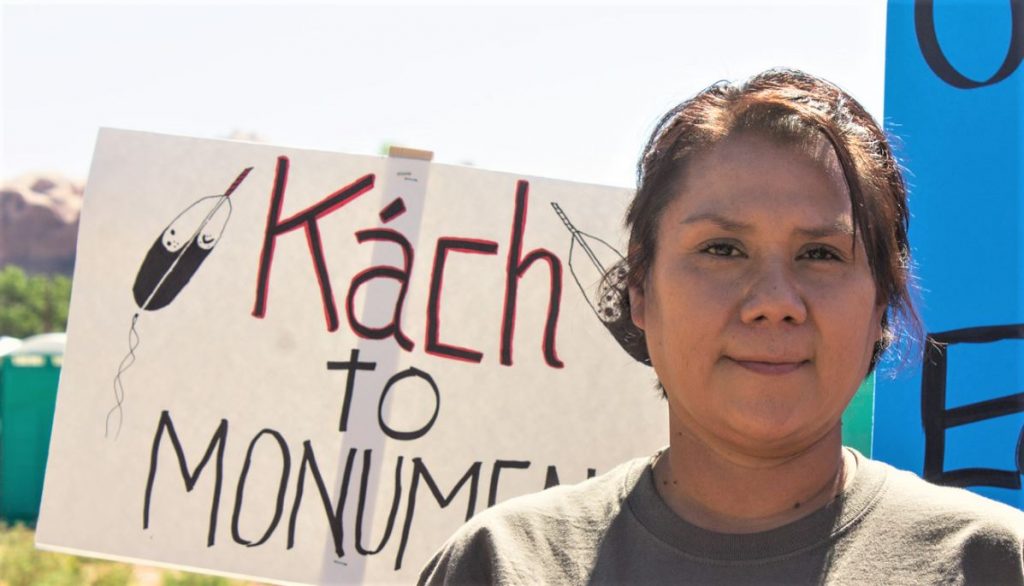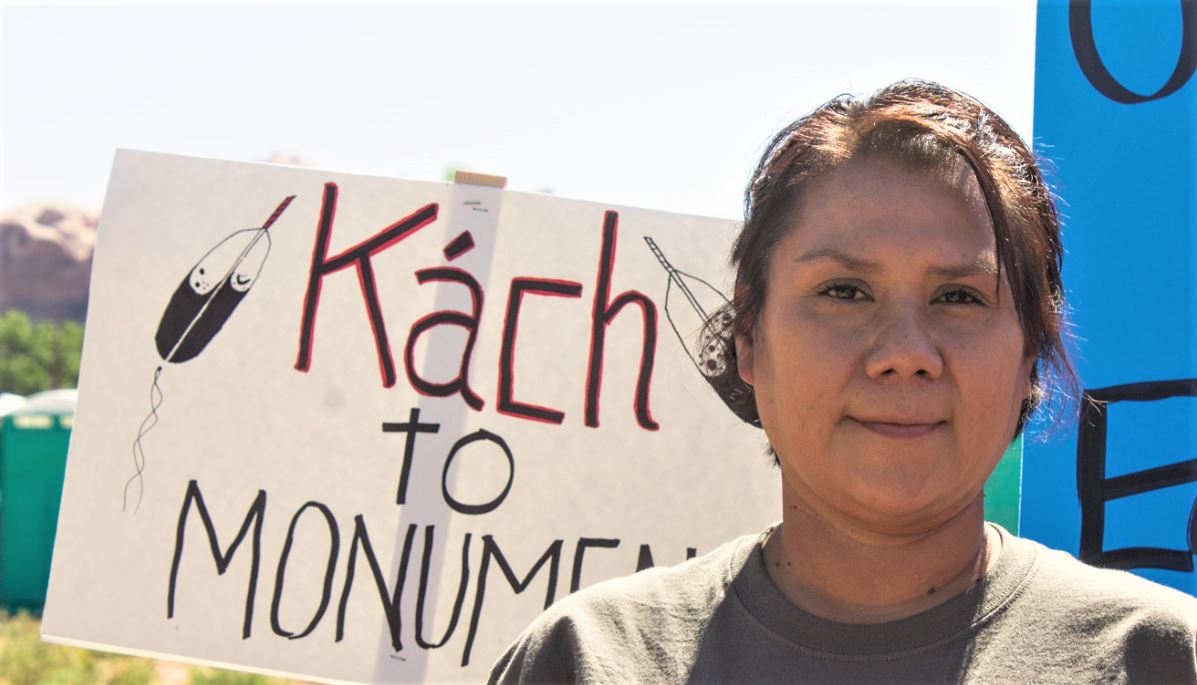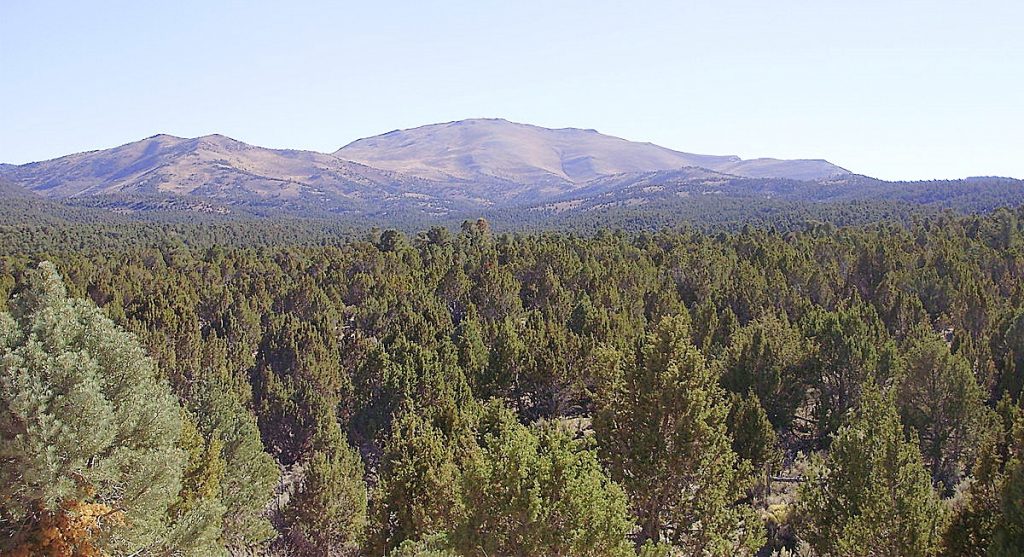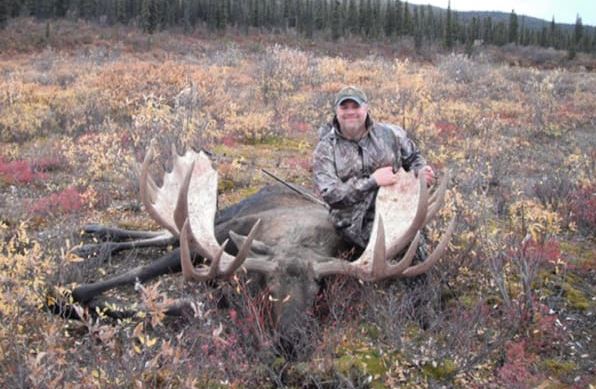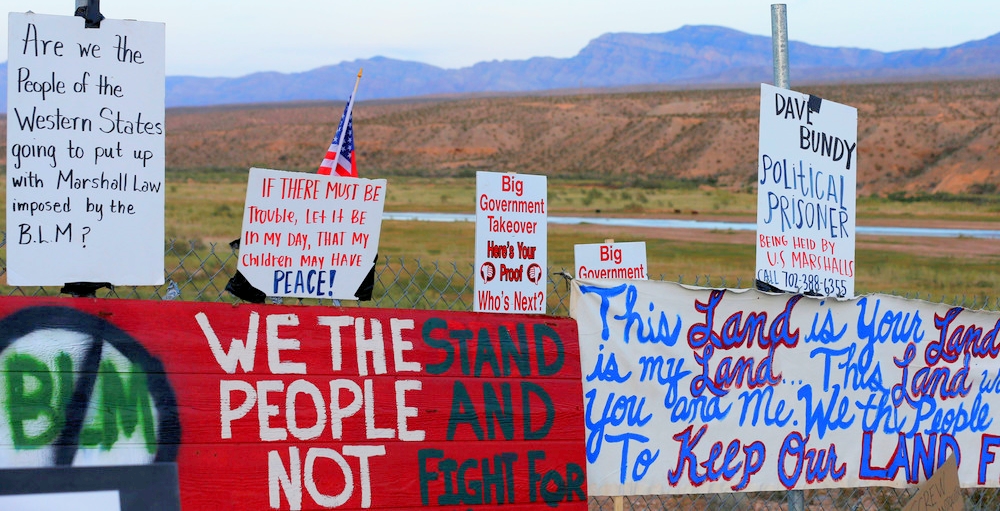Noel believes the appropriate size of the monument should be no more than 500,000 acres and that multiple laws exist on the books to protect Native American artifacts and paleontological resources.
Critics such as Garfield County Commissioner Leland Pollock rejected assertions that public land protections like national parks or monuments yield dollars for surrounding communities.
At the monument’s creation, he said, there were 140 children in grades 7-12 at the local school. By 2016, that number had dropped to 51.
“You don’t lose that many kids in a boom town,” Pollock said.
Amy Joi O’Donoghue
SALT LAKE CITY — Utah’s GOP legislators pressed the accelerator on a pair of anti-monument resolutions that ask President Donald Trump to rescind the 2016 Bears Ears National Monument designation and Congress to drastically shrink the Grand Staircase-Escalante monument declared 20 years ago.
Members of the House Rules Committee met Friday, voting 6-2 along partisan lines to move HCR11 and HCR12 directly to the floor for debate.
House Speaker Greg Hughes, R-Draper, said the resolution on rescinding Bears Ears is unique in that instead of Utah lawmakers jockeying for the attention of the congressional delegation, the delegation asked for the measure.
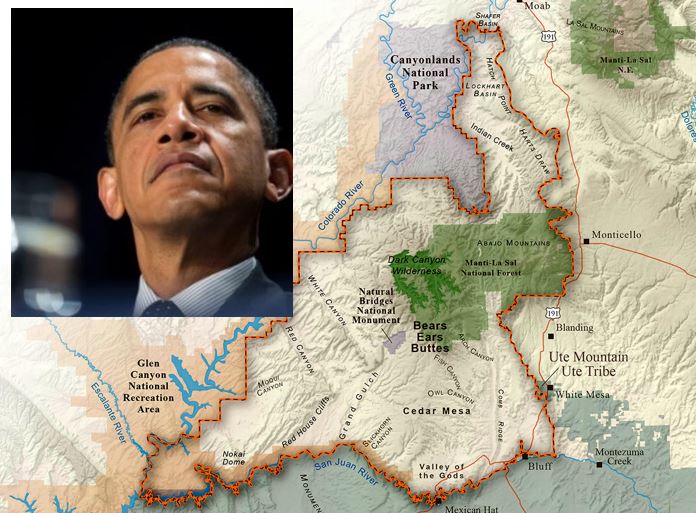
“There is a concerted effort to show that there is no space, no light between the shoulder-to-shoulder opposition to the designation that took place between our federal delegation, our legislative leaders and our legislative bodies, as well as our counties and our county commissioner,” said Hughes, who is sponsoring the resolution.
“We’re in real time. We have a brand new administration that’s getting on the ground. We have 100 days of a brand new president’s administration, and if you look back at the times when that happens, there’s a lot of momentum, there’s a lot of decisions that are made in that short window of time of a new administration’s service. We’re in that time now,” he said.
The 1.35 million-acre monument in southeast Utah was designated Dec. 28, 2016, in the waning days of President Barack Obama’s administration. The designation came after more than a year of intense lobbying by supporters and opponents who pressed their case in Washington, D.C., stumping for the media in multiple press conferences and tossing about any number of competing polls with varying “public opinion” results.
On one side, the Native American leaders of the Bears Ears Inter-Tribal Coalition said tribal support was united to protect land sacred to them, their ancestors and home to rich and vast archaeological treasures.
They cited looting, vandalism and pending natural resource development that threatened the remote and rugged region, pleading for the Obama administration to give them equal say in the management of the land.
The group was joined by multiple environmental organizations in the cause, leading critics to say it was co-opted by a steady stream of cash from out-of-state, inorganic foundations with no vested ties to the land.
San Juan County Commissioner Rebecca Benally reiterated Friday before the Rules Committee that “local” Navajos remain opposed to the monument and feel betrayed.
“There is no co-management,” she said, adding that ultimately any governance at Bears Ears lies at the discretion of the Bureau of Land Management.
Benally said tribes may have thought they were getting a show horse but got a feral horse instead.
Gavin Noyes, executive director Utah Dine Bikeyah, a nonprofit Native American advocacy organization supportive of the monument, said Interior Secretary nominee Ryan Zinke and President Trump should refrain from making any decisions before speaking to the tribes and understanding the significance of the landscape.
“Most of the delegation has not met with the tribes and do not know the landscape,” Noyes said.
Davis Filfred, a member of the Navajo Nation Council, said a lot of work went into establishing the monument, and the years of work should not be undone.
“I wish the new secretary of the interior and the Trump administration would come down and listen to what we have to say,” Filfred said. “We just want to be heard. … I wish they would come out and see the land.”
The resolution by Rep. Mike Noel, R-Kanab, asks Utah’s delegation to support legislative action to shrink the boundaries of the Grand Staircase-Escalante National Monument designated in 1996 by then-President Bill Clinton.

Noel believes the appropriate size of the monument should be no more than 500,000 acres and that multiple laws exist on the books to protect Native American artifacts and paleontological resources.
Critics such as Garfield County Commissioner Leland Pollock rejected assertions that public land protections like national parks or monuments yield dollars for surrounding communities.
At the monument’s creation, he said, there were 140 children in grades 7-12 at the local school. By 2016, that number had dropped to 51.
“You don’t lose that many kids in a boom town,” Pollock said.
Reps. Carol Spackman Moss, D-Holladay, and Rebecca Chavez-Houck, D-Salt Lake City, voted against the resolutions. Both stressed their constituents, along with many people in Utah, who remain in favor of the Bears Ears National Monument designation and the creation of the Grand Staircase monument.
Scott Groene, executive director of the Southern Utah Wilderness Alliance, said lawmakers would be better served addressing problems in the region such as health care and education.
“It is a disappointment that once again the state Legislature is wasting time pounding its chest instead of trying to solve Utah’s real problems,” Groene said.
